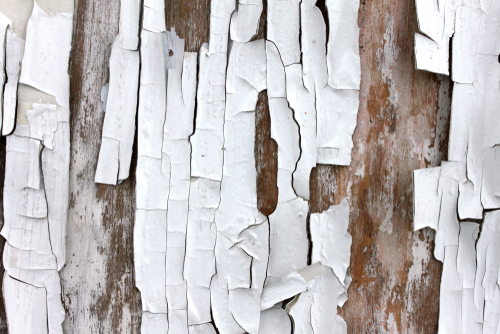If you have recently purchased a home or office building, you’ve probably gone through a lot of safety checks to look for any issues that may arise. Electricity, plumbing, flooring, and other elements of the building have probably been inspected well. However, testing a property for lead paint is an inspection that sometimes goes overlooked. If you’re wondering about lead paint testing, read on for important information.
What’s the problem with lead?
For many decades, lead was once a common ingredient in house paint. It helped speed up the drying process and increased durability. It was chosen by many as the premier paint for homes and commercial buildings. However, it was discovered to be toxic, especially to children, and they banned the selling of lead paint in 1978. Lead poisoning can occur if lead is ingested. If your building has lead paint, it can chip with time or create lead-containing dust. Many homeowners and business owners don't find out that their walls had lead paint until it is too late, that is why lead paint tests are so vital.
Should I get a lead paint test done?
If you live or work in an older building, you may want to consider getting a lead test done. Because the dangers of lead weren’t truly identified until the second half of the 20th century, many older properties used lead paint extensively until about 1959, and even when dangers were known, some contractors continued to use the paint for a few more decades until it was finally banned. If your building was built before 1978, consider lead testing.
What is a lead paint test?
To see if your building contains lead paint, the person performing the exam will have to uncover various layers of paint on a section of the house, usually around the window. The layers are exposed by cutting out a V-shaped notch, all the way down to the original wood. Once all layers of paint are tested, the tester will be able to provide a full report to you. Some testers also offer abatement services, however, DCM Environmental doesn't provide or work with lead paint removal services, so you know that your testing is unbiased and accurate.
What if I have lead paint?
If a test reveals that you have lead paint in your home, look into hiring a lead abatement contractor to fully remove or seal the lead paint. In the meantime, ensure that there are no loose paint chips around window sills and clean any areas where your children often are to protect them from paint chips. Cleaning regularly will help prevent the spread of lead dust.
Contact DCM Environmental Testing
If you’re have a home built before 1978, and you are worried about lead paint don’t hesitate to give DCM Environemntal a call. They’ll be able to perform the necessary tests that can help you make an informed decision about what to do next.



